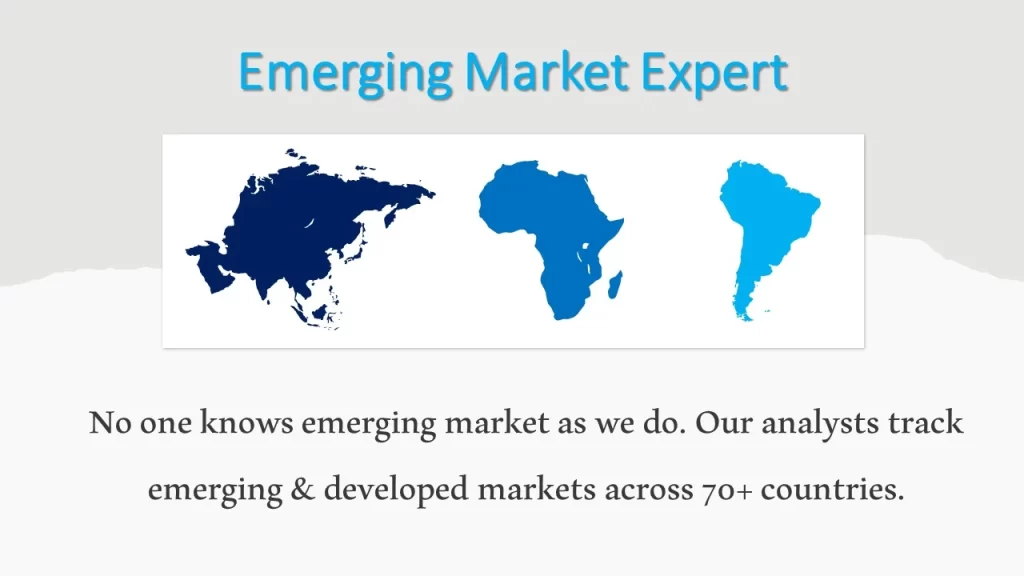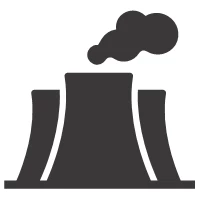Brazil solar inverter market is seeing significant CAGR during the forecast period largely due to the rising use of renewable energy, supportive government initiatives, and a growing number of solar power installations.
Major Brazil Solar Inverter Market Drivers and Emerging Trends
Brazil generates over 85 percent of its electricity from renewable resources with photovoltaics emerging as the second largest electricity generation source in the country, positioned behind hydropower but ahead of wind energy in installed capacity. Brazil’s solar power capacity reached 24,079 MW in 2022 as per the World Population Review. With 2.3 million PV systems in rooftop installed so far, there is potential for the installation of over 90 million more systems.
Brazil solar inverter market size expansion is being propelled by rising government incentives and a growing focus on clean energy. The inverter market is responding to the need for efficient conversion of DC power produced by solar panels into usable AC energy for grid integration.
Why Purchase a Standard Report When You Can Customize this Report
Please Let us know your Customization Requirements
The market growth is further fueled by government policies that support renewable energy initiatives like tax credits and feed-in tariffs. Government measures including net metering is also likely to drive the renewable energy advancement in Brazil over the medium term. The country’s ability to develop a range of sustainable energy options will support ongoing and consistent growth in lowering their carbon footprint.
With local companies producing solar equipment like inverters, Brazil is building its supply chain. This development is expected to drive down prices and boost demand for solar products. Developing a local solar PV production sector is expected to be a key driver of market growth in the years ahead.
Europe initially led global PV development in the early 2000s, but Asia with India and China at the helm has since taken dominance. Brazil has also managed to make a significant breakthrough in South America despite facing substantial difficulties. Brazil generates electricity from a range of fuels with renewable energy playing a key role. The push towards electrification in transport and industry along with future initiatives for green hydrogen generation is expected to significantly boost the demand for large-scale photovoltaic installations in the near future.
However, Brazil solar inverter market faces significant issues such as grid instability and renewable energy integration. Since inverters are crucial for converting DC energy produced by solar panels into AC power, these sources’ fluctuating nature can impact grid stability. The inverter market must navigate challenges related to adapting to changing grid infrastructure and managing energy storage. Additionally, Brazil’s solar industry has faced limitations due to competition from various renewable sources. The growing focus on alternative renewable energy like bioenergy and wind is likely to considerably curb the demand for solar energy and PV inverters in the coming years.
Based on application, the utility segment is projected to lead the market due to its extensive applications in large-scale projects. With the surge in utility-scale projects throughout the country, the selection of the right inverter is becoming increasingly critical to ensure efficient energy production for solar PV systems. Central and grid-scale inverters are commonly used in such large-scale applications. Utility-scale solar has consistently delivered reliable and clean energy with stable fuel prices over the years. The push for utility-scale solar energy is among the most effective ways to lower carbon emissions which boosts the demand for large-scale photovoltaic systems and inverters.
Based on product type the market is segmented into central, string, and micro inverters. The central inverter segment dominates the market share owing to its extensive use in industrial, utility, and commercial sectors.
Segments covered in the Report:
The Brazil Solar Inverter Market has been segmented on the basis of inverter type and application. Based on the inverter type, the market is segmented into central inverters, string inverters, micro inverters. Based on the connection type, the market is segmented into On-Grid Connection and Off-Grid Connection. Based on the application, the market is segmented into residential, commercial and industrial, utility-scale.
|
Report Coverage |
Details |
| Market Revenues (2023) |
USD Million |
| Market Base Year |
2023 |
| Market Forecast Period |
2024-2031 |
| Base Year & Forecast Units |
Revenues (USD Million) |
| Market Segment | By Inverter Type, By Connection Type, By Application |
| Regional Coverage | Brazil |
| 25% Free Customization Available | We will customize this report up to 25% as a free customization to address our client’s specific requirements |
Market Segmentation
Brazil Solar Inverter Market by Inverter Type
-
- Central Inverters
- String Inverters
- Micro Inverters
Brazil Solar Inverter Market by Connection Type
-
- On-Grid Connection
- Off-Grid Connection
Brazil Solar Inverter Market by Application
-
- Residential
- Commercial and Industrial
- Utility-scale
Frequently Asked Question About This Report
Brazil Solar Inverter Market [GR24AB-01-00321]
The Brazil solar inverter market is projected to experience substantial CAGR in the forecast years until 2031.
Market growth is being driven by the increasing adoption of renewable energy, favorable government policies, and a rising deployment of solar power systems.
Rising government support and a strong push toward clean energy are propelling the growth of the solar inverter market in Brazil.
According to application, the utility segment is forecast to hold the largest market share.
Related Reports
- Published Date: Oct-2024
- Report Format: Excel/PPT
- Report Code: GR24AB-01-00321
Licensing Options
Single-User License:
The report is used by the purchaser (One Individual) only
Multi-User License:Report is shared with maximum 5 users (employees) including the purchaser of the purchasing corporation only
Corporate License:
Report is shared with unlimited user (employees) of the purchasing corporation only
The report is used by the purchaser (One Individual) only
Multi-User License:Report is shared with maximum 5 users (employees) including the purchaser of the purchasing corporation only
Corporate License:
Report is shared with unlimited user (employees) of the purchasing corporation only
Brazil Solar Inverter Market and Analysis Report – Opportunities and Forecast 2024-2031
$ 4,499.00 – $ 6,649.00
Why GMI Research







